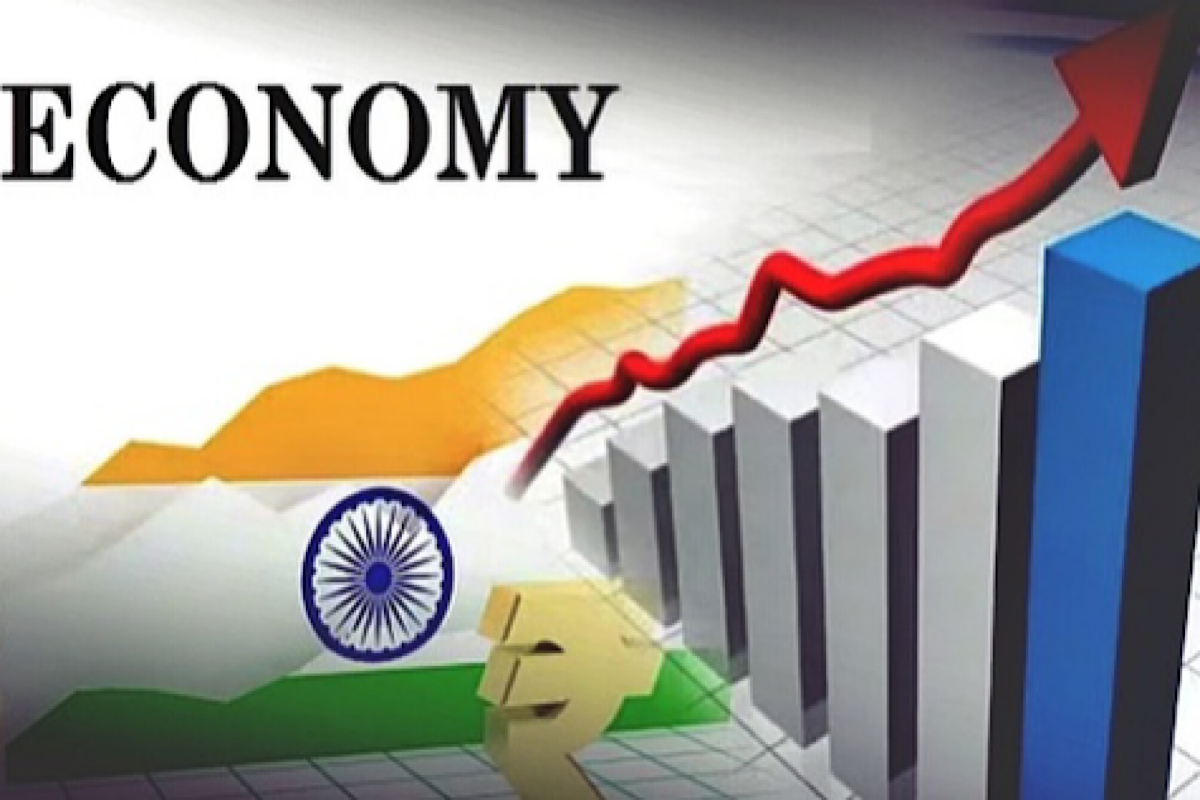India’s gross domestic product (GDP) is projected to grow at 6.3% in FY24, the World Bank said in its “India Development Update” for October. It has reduced the rate from its previous 6.6% forecast in April.
According to the World Bank, India is expected to grow at 6.4% in FY25 and 6.5 in FY26.It foresees fiscal consolidation continuing into FY24, with the central government’s fiscal deficit expected to decline from 6.4% to 5.9% of GDP.
Advertisement
“Public debt is projected to stabilize at 83% of GDP. On the external front, the current account deficit is likely to narrow to 1.4% of GDP and will be adequately financed by flows of foreign investment, bolstered by large foreign reserves,” the World Bank further elaborated.
It raised India’s inflation projection from 5.2% in its April update to 5.9%. For FY25, the inflation has been projected at 4.7%. In FY26, it is expected to be 4.1%.
The World Bank pointed out that recent spikes in inflation were due to adverse weather conditions and that it will moderate, supported by declining food prices.
“While the recent rise in headline inflation may temporarily dampen consumption, we expect moderation. Overall, conditions are projected to remain favourable for private investment,” stated Dhruv Sharma, senior economist at the World Bank and lead author of the report.
‘Indian economy resilient despite global uncertainties ‘
In its report, the world bank said the Indian economy is anticipated to show resilience despite global uncertainties. The service sector in the country is predicted to sustain strong growth at 7.4%, while investment growth is expected to remain robust at 8.9.
According to the report, potential challenges could stem from “challenging external conditions” and “waning pent-up demand”.
“An adverse global environment will continue to pose challenges in the short term,” Auguste Tano Kouame, World Bank India country director, said.
“Utilizing public spending to attract more private investments will create favourable conditions, enabling India to capitalise on global opportunities in the future and thereby achieve higher growth,” he said.









